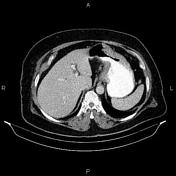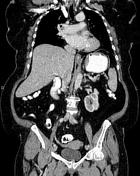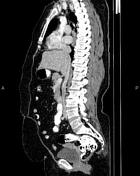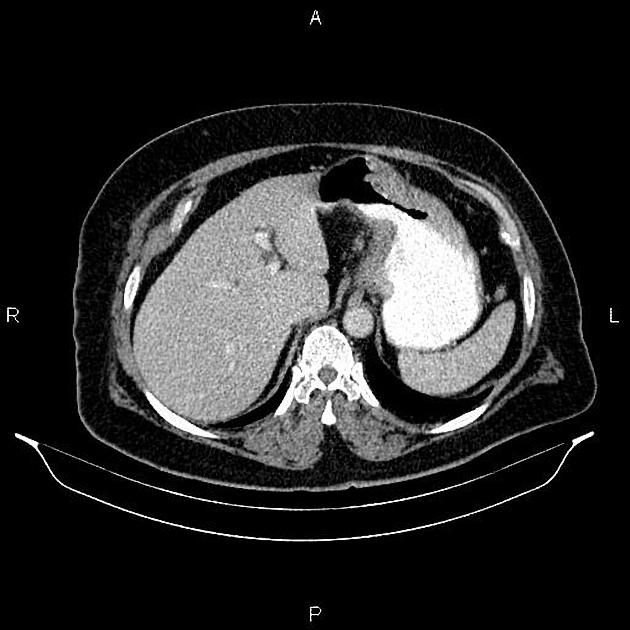Presentation
Abdominal pain and dyspepsia.
Patient Data









The right subclavian artery is arising from the arch of aorta directly posterior to the esophagus inferring aberrant right subclavian artery.
Increased wall thickness due to tumoral infiltration is present at gastric cardia and body accompanied by perigastric fat stranding and a few small regional lymphadenopathies.
Case Discussion
Pathology proven gastric adenocarcinoma with small regional lymphadenopathies.
CT is currently the staging modality of choice because it can help identify the primary tumor, assess for the local spread, and detect nodal involvement and distant metastases.




 Unable to process the form. Check for errors and try again.
Unable to process the form. Check for errors and try again.